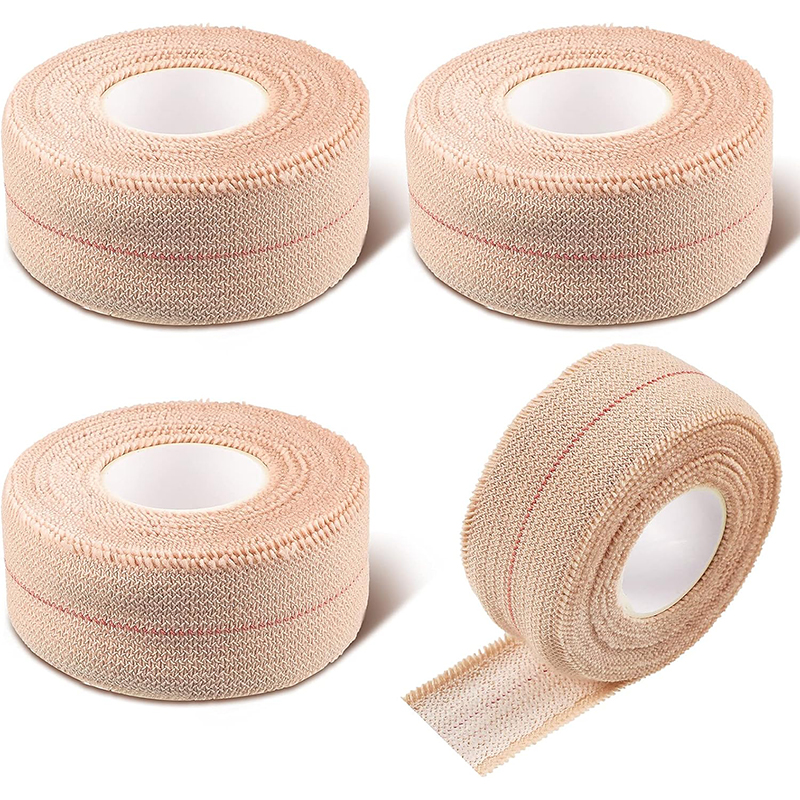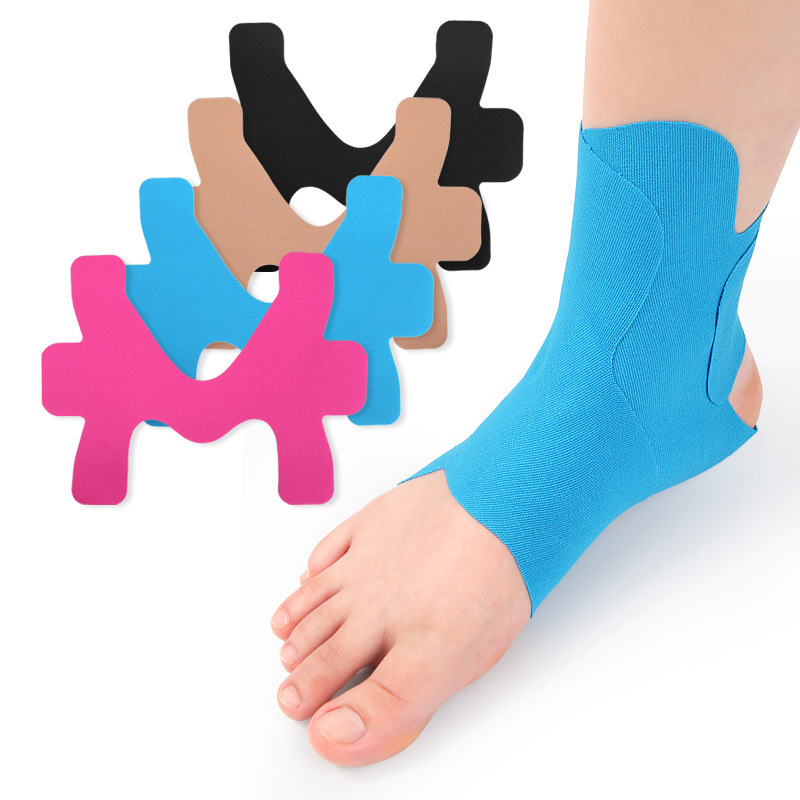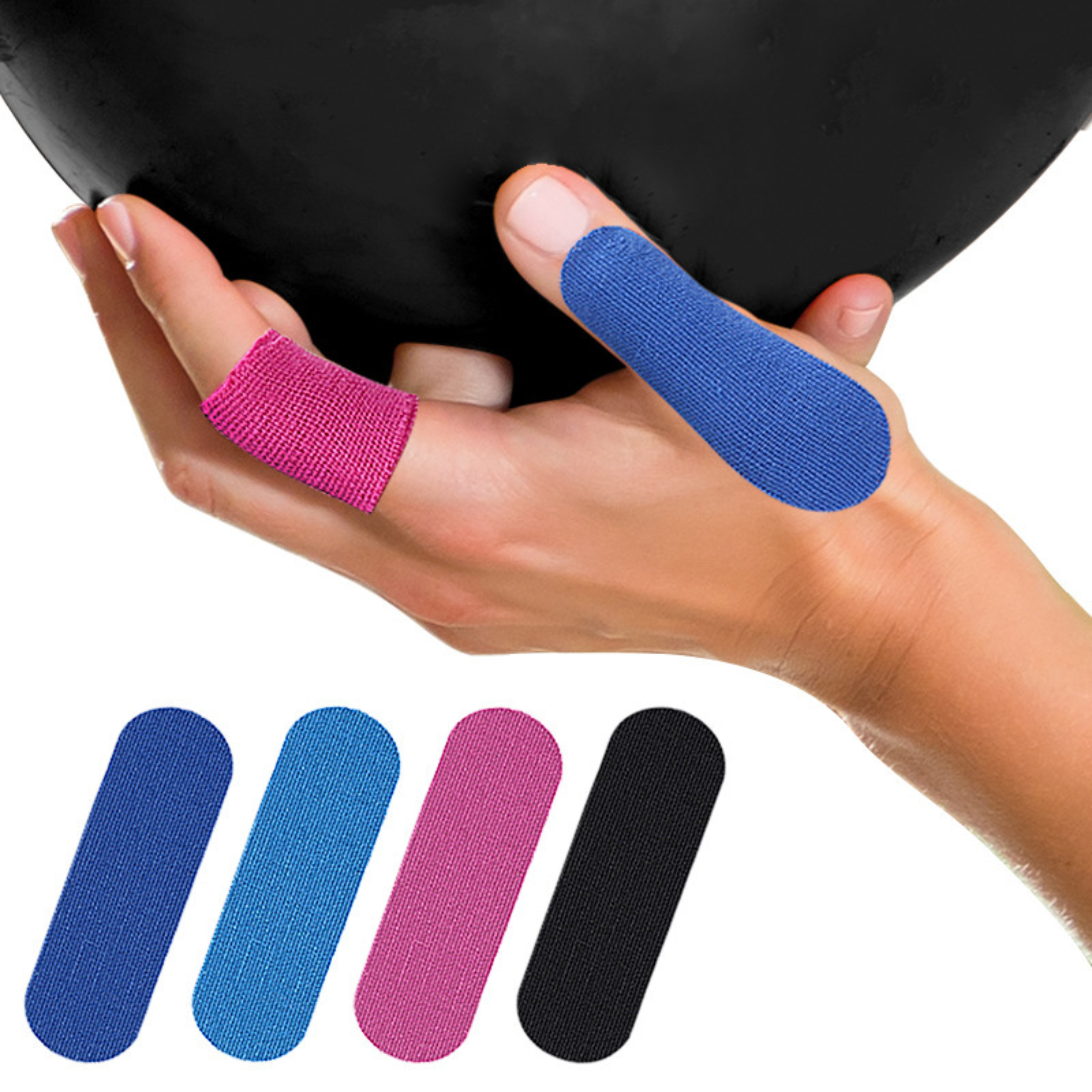News

How Does Elastic Adhesive Bandage Improve Recovery from Minor Injuries or Swelling?
Minor injuries—such as sprains, muscle strains, or soft tissue swelling—are common occurrences in daily life and sports. While most of these conditions do not require medical intervention, how they are managed during the first few hours and days can make a significant difference in recovery time. Among the various first-aid tools available, the elastic adhesive bandage stands out as a simple yet remarkably effective aid for support, protection, and rehabilitation.
Understanding Elastic Adhesive Bandages
Elastic adhesive bandages (often abbreviated as EABs) are stretchable, self-adhesive wraps made from soft cloth material coated with a medical-grade adhesive. Unlike ordinary bandages, these are designed to provide both support and compression while adhering firmly to the skin or underlying dressing.
The “elastic” component allows the bandage to expand and contract with body movement, while the “adhesive” property ensures that it stays securely in place without the need for additional fasteners. This combination makes EABs particularly useful for treating sprains, muscle strains, or joint instability—conditions where controlled compression and mobility are both necessary.
Typically, these bandages are made from cotton, rayon, or a blend of stretchable fibers, which provide comfort and breathability. The adhesive is formulated to be skin-friendly but strong enough to endure sweat and movement, making it suitable for athletes and active individuals.
The Role of Compression in Healing
One of the primary benefits of elastic adhesive bandages is their compression effect. When applied correctly, the bandage exerts gentle, consistent pressure on the injured area. This controlled compression helps limit excessive blood flow to the affected tissues, reducing swelling and internal bleeding that often follow minor injuries.
Swelling, while a natural part of the body’s healing response, can impede recovery if left unchecked. Excess fluid accumulation increases tissue pressure, restricts movement, and delays the delivery of oxygen and nutrients to the injured site. By applying moderate pressure, an elastic adhesive bandage minimizes this buildup and maintains an optimal environment for healing.
Furthermore, compression encourages the drainage of lymphatic fluid, which helps reduce inflammation and discomfort. This makes elastic adhesive bandages a valuable component in managing mild sprains, strains, or overuse injuries where swelling is present but severe tissue damage is not.
Stabilization and Support for Soft Tissues
Another crucial function of elastic adhesive bandages is mechanical support. When muscles, tendons, or ligaments are overstretched or partially torn, the affected area often becomes weak and unstable. The bandage acts as an external stabilizer, reducing strain on the injured tissues during movement.
For instance, when wrapped around an ankle or wrist, the elastic bandage helps restrict excessive motion while still allowing functional mobility. This balance between support and flexibility enables users to remain active without aggravating the injury.
The adhesive layer ensures that the bandage stays in place during physical activity, unlike non-adhesive wraps that may slip or loosen. This stability is especially valuable during the early recovery phase when tissues are most vulnerable to re-injury.
In sports and physiotherapy, elastic adhesive bandages are frequently used for prophylactic taping—preventing further strain on previously injured joints or muscles. This preventive measure not only aids recovery but also boosts confidence in movement, encouraging gradual re-engagement in physical activity.
Improved Circulation and Oxygen Delivery
Although compression limits excessive swelling, it does not restrict normal blood circulation when applied correctly. In fact, elastic adhesive bandages can enhance venous return—the process of blood flowing back toward the heart.
Improved circulation means that oxygen and nutrients reach damaged tissues more efficiently, accelerating the repair of muscle fibers and connective tissues. At the same time, waste products from cellular metabolism are cleared more rapidly, which reduces pain and stiffness.
This controlled circulation support is particularly helpful for recovery after intense workouts or repetitive strain injuries, where localized inflammation can persist for several days. The consistent yet gentle compression acts like a mechanical pump, encouraging normal fluid exchange and faster tissue regeneration.
Comfort, Breathability, and Skin Protection
Healing is not only about internal recovery—it also involves comfort and skin protection. Elastic adhesive bandages are constructed from soft, porous fabrics that allow air to circulate freely. This breathability helps prevent excessive moisture buildup under the wrap, which can otherwise cause irritation, rashes, or skin maceration.
Unlike rigid supports or plastic tapes, these bandages move naturally with the skin. The elasticity accommodates subtle muscle contractions, making them suitable for extended wear during daily activities or training sessions.
In addition, the cloth backing provides a protective barrier that shields wounds or sensitive areas from friction and external contaminants. When used to cover a dressing, it keeps the wound site clean and stable without obstructing movement.
Reducing Pain and Enhancing Mobility
Pain relief is another indirect yet significant advantage of using elastic adhesive bandages. The compression provided by the bandage helps dampen sensory feedback from the injured site—essentially reducing the intensity of pain signals sent to the brain.
This effect is known as the “gate control theory” of pain management, where external pressure competes with pain signals and reduces discomfort. As a result, individuals often experience greater comfort and are able to move more naturally without fearing further injury.
Enhanced mobility also aids recovery by preventing stiffness and promoting blood flow, which are both essential for tissue repair. Unlike rigid braces that immobilize a joint completely, elastic adhesive bandages strike the right balance—providing security without sacrificing mobility.

Applications for Different Types of Injuries
Elastic adhesive bandages can be used in a variety of settings—from sports fields to clinical environments—and for multiple purposes:
- Muscle Strains: Provide gentle compression to reduce bleeding and limit swelling.
- Joint Sprains: Support weakened ligaments while maintaining partial mobility.
- Post-Exercise Recovery: Reduce muscle soreness and aid venous return.
- Swelling from Bruises or Impact Injuries: Limit fluid buildup and protect the area.
- Securing Dressings: Keep gauze or pads in place without restricting circulation.
- Animal Care: Safely wrap limbs or joints for pets to prevent licking or aggravation of wounds.
Their versatility makes them an essential item in every first aid kit, suitable for both home and professional use.
Proper Application Technique
To maximize the benefits of an elastic adhesive bandage, correct application is key. Improper wrapping can cause discomfort, restrict circulation, or reduce effectiveness.
Basic steps for safe application include:
- Clean and dry the area before application to ensure proper adhesion.
- Start from the narrowest point and wrap upward, overlapping each layer by half.
- Maintain even tension—snug but not tight. The skin below should remain warm and pink, not pale or bluish.
- Avoid wrinkles or folds, which may cause pressure points.
- Secure the end by pressing it gently onto the previous layer.
If numbness, tingling, or discoloration occurs, the bandage is likely too tight and should be reapplied with less tension.
Proper wrapping technique ensures that compression remains uniform and supportive rather than restrictive.
Caring for the Skin and Bandage
Because elastic adhesive bandages adhere directly to the skin, maintaining proper hygiene is important. The skin should be washed and dried thoroughly after removal to avoid irritation.
Most bandages are single-use, especially when used over wounds, as the adhesive can lose effectiveness upon reapplication. However, some cloth-based variants may be gently hand-washed and reused if specified by the manufacturer.
To prevent allergic reactions, users should choose hypoallergenic or latex-free options when possible. It’s also advisable to test a small patch on the skin before first use, particularly for individuals with sensitive skin.
Why Elastic Adhesive Bandages Are Effective
The effectiveness of elastic adhesive bandages lies in their ability to combine multiple therapeutic actions in a single product:
- Compression reduces swelling and fluid buildup.
- Support stabilizes injured tissues and joints.
- Adhesion ensures reliable fixation during movement.
- Elasticity maintains comfort and adaptability.
- Breathability keeps the skin dry and healthy.
This synergy creates an optimal environment for healing—balancing stability with flexibility, protection with comfort.
In contrast to rigid tapes or bulky braces, EABs offer a lightweight, dynamic solution that adapts to both the body’s contours and its movements, making them ideal for early-stage recovery and preventive care alike.
Everyday and Preventive Use
Beyond injury management, elastic adhesive bandages are widely used in preventive and rehabilitative care. Athletes often apply them before training or competition to minimize the risk of overextension or joint instability.
In workplaces involving repetitive motion—such as warehouse handling or assembly line work—these bandages can offer muscle reinforcement and reduce fatigue. They also provide psychological assurance, reminding users to move more cautiously while the injury heals.
For older adults or individuals with weak circulation, light compression from an elastic adhesive bandage can assist with swelling management due to prolonged sitting or standing.
Safety and Precautions
While elastic adhesive bandages are safe for most users, certain precautions should always be observed:
- Do not apply over open wounds unless covering a sterile dressing.
- Avoid excessive tension, which may impede blood flow.
- Replace if wet, dirty, or losing adhesiveness.
- Seek medical attention if swelling or pain worsens despite proper use.
Understanding these safety measures ensures that the bandage contributes positively to recovery without introducing new complications.
Conclusion
Elastic adhesive bandages may appear simple, but their therapeutic value is substantial. By combining compression, stability, comfort, and flexibility, they play a pivotal role in managing minor injuries and swelling effectively.
They not only protect and support damaged tissues but also create the conditions necessary for natural recovery—promoting circulation, reducing pain, and allowing safe mobility. Whether used in sports medicine, daily first aid, or pet care, elastic adhesive bandages remain a dependable ally in the healing process.
In the end, the key to recovery lies in balance: enough compression to control swelling, enough flexibility to maintain function, and enough care to support the body’s innate ability to heal. Elastic adhesive bandages, when used correctly, provide exactly that balance—helping minor injuries recover faster, safer, and more comfortably.

- ASHER.CAO:+86-176 2548 7782 Asher.cao@healthline-medical.com
- HARONJU:+86-198 5296 4937 haronju@healthline-medical.com
- DI.TIAN:+86-183 0527 6521 Di.tian@healthline-medical.com
- Tel:+86-512-6289 3223
- Mob:+86-176 2548 7782 / +86-198 5296 4937 / +86-183 0527 6521
-
Email:zhujun@healthline-medical.com
sales@healthline-medical.com
- Whatsapp / Wechat:+86-176 2548 7782 ; +86-198 5296 4937; +86-183 0527 6521
- Skype:+86-176 2548 7782 / +86-183 0527 6521
Copyright © 2025 SUZHOU HEALTHLINE MEDICAL PRODUCTS CO., LTD
All Rights Reserved.

The information provided on this website is intended for use only in countries and jurisdictions outside of the People's Republic of China.


 English
English Español
Español русский
русский عربى
عربى











